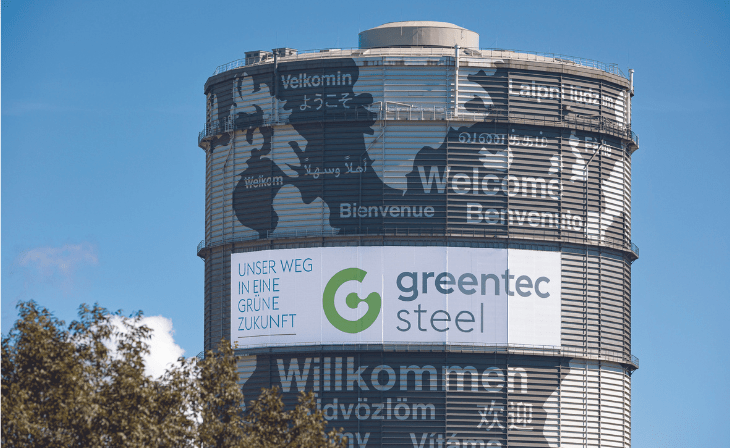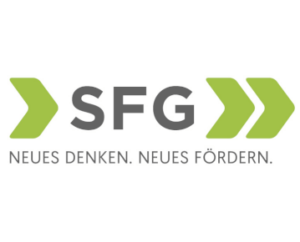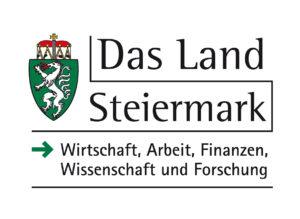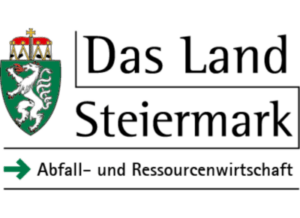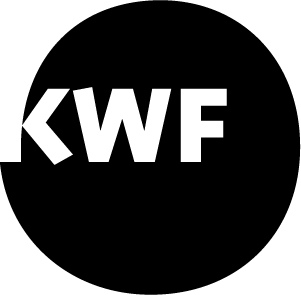2.5 million tons of CO2-reduced steel annually from 2027
A year ago, the Supervisory Board of voestalpine AG gave the green light to conduct the preliminary work for climate friendly steel production in Austria. This is now at an advanced stage. Now the next approval stage has been reached. An investment of around 1.5 billion euros is being made into constructing one electric arc furnace at each of the two sites, Linz and Donawitz. As part of its “greentec steel” plan, the plant and supplier decision will be made in 2023, construction will start in 2024, and commissioning of the two units will take place in 2027. This will allow the Group to reduce its CO2 emissions by up to 30 percent from 2027. The exact start of implementation depends on clarifying unresolved funding issues in Austria.
Herbert Eibensteiner, CEO of voestalpine AG: “greentec steel is Austria’s largest climate protection program. It will allow us to save five percent of Austria’s entire annual CO2 emissions from 2027. We need to start this year if we are to meet our target of commissioning the two new electric arc furnaces in Linz and Donawitz in 2027.”
The two electric arc furnaces allow voestalpine to produce around 2.5 million tons of CO2-reduced steel from 2027: 1.6 million tons in Linz and 850,000 tons in Donawitz. From 2030, voestalpine plans to replace another blast furnace at each of the sites in Linz and Donawitz. Financing for the preparatory work is already covered by the approved investment sum, but the core units are still subject to approval.
Green hydrogen as a key technology for CO2-neutral steel production
The Group is already researching into several new processes to achieve its goal of CO2 neutrality by 2050, and investing in pilot projects which explore new pathways in steel production. These include research projects such as the H2FUTURE hydrogen pilot facility at the premises in Linz for manufacturing and using “green” hydrogen on an industrial scale, and the testing facility in Donawitz for CO2-neutral steel production using hydrogen plasma to reduce iron ore. Further research projects are dedicated to the storage and reuse of unavoidable residual emissions.“Chemically, the geopolymer is something completely different from Portland cement, but the physical properties are very similar or even better in some cases,” says Cyrill Grengg, who sees great potential in geopolymers, especially in their much higher resistance to corrosion. Portland cement is by far the most widely used binder in modern construction. However, it is susceptible to corrosion by wind, weather and other environmental influences, such as (bio)chemically aggressive wastewater from sewage systems and sewage treatment plants. This leads to safety problems and high expenditures for the maintenance of structures: Worldwide, costs caused by corrosion are estimated at 2.5 trillion U.S. dollars (or approx. 3.4 percent of global gross domestic product), large shares of which relate to the building material concrete


